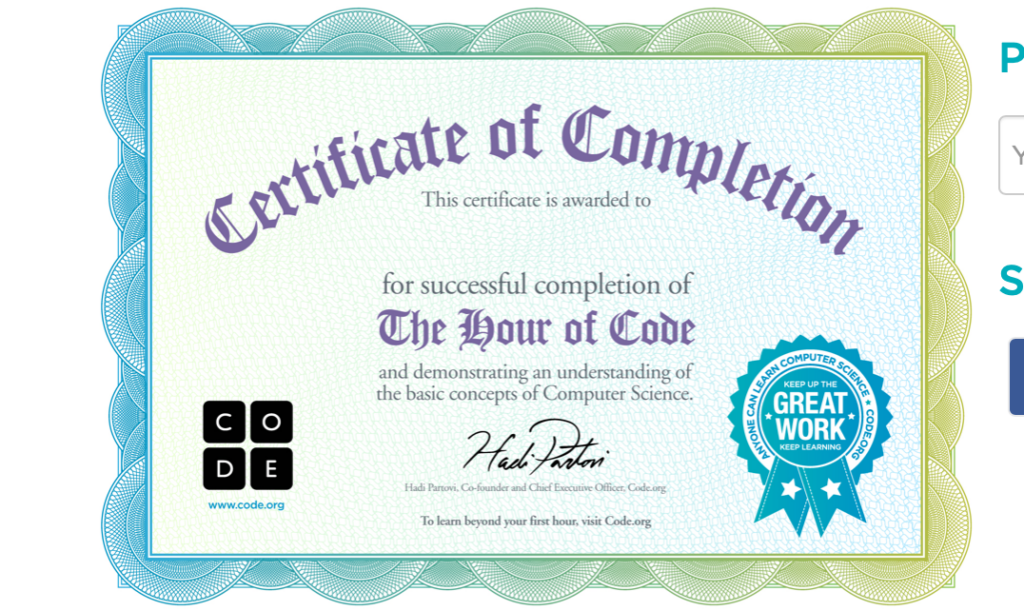This week we had the opportunity to learn more about computational thinking and some basic coding principles. Additionally, we got to create our own scratch project with the option of reminiscing on an addictive childhood game of flappy bird.

Scratch Project

In order to put this computational thinking into practice I completed two scratch projects. The first activity was the equity vs equality simulation that can be completed by following this link . The second activity which was much more intriguing was creating my own flappy bird game. This process was not only fun, but it also gave me the opportunity to get a sense of some basic coding practices. Below, I’ve included the coding I used to create my flappy bird game.

Can computation thinking help learners become better problem solvers?
Computational thinking is recognized as a key skill for all 21st century learners. It can grouped into four main areas:
- Abstraction
- Algorithms
- Decomposition
- Pattern Recognition
For more information check out this SD61 article on computational thinking. In regards to computation thinking and problem solving, coding softwares like scratch can be an excellent way to help students understand basic coding and debugging topics.
Are there any non-math-related opportunities for integrating coding and computational thinking?
Though coding and computational thinking are initially thought of as math related practices, there are some opportunity to integrate ELA instruction. For instance, during the pandemic educators needed to be flexible in their instruction practices, since they were no longer instructing in person. Which is where scratch came in and was introduced to students to be taught at home. By using this computer software students can play engaging games while learning things like debugging and basic coding. Throughout this process ELA instruction are weaved through these activities.